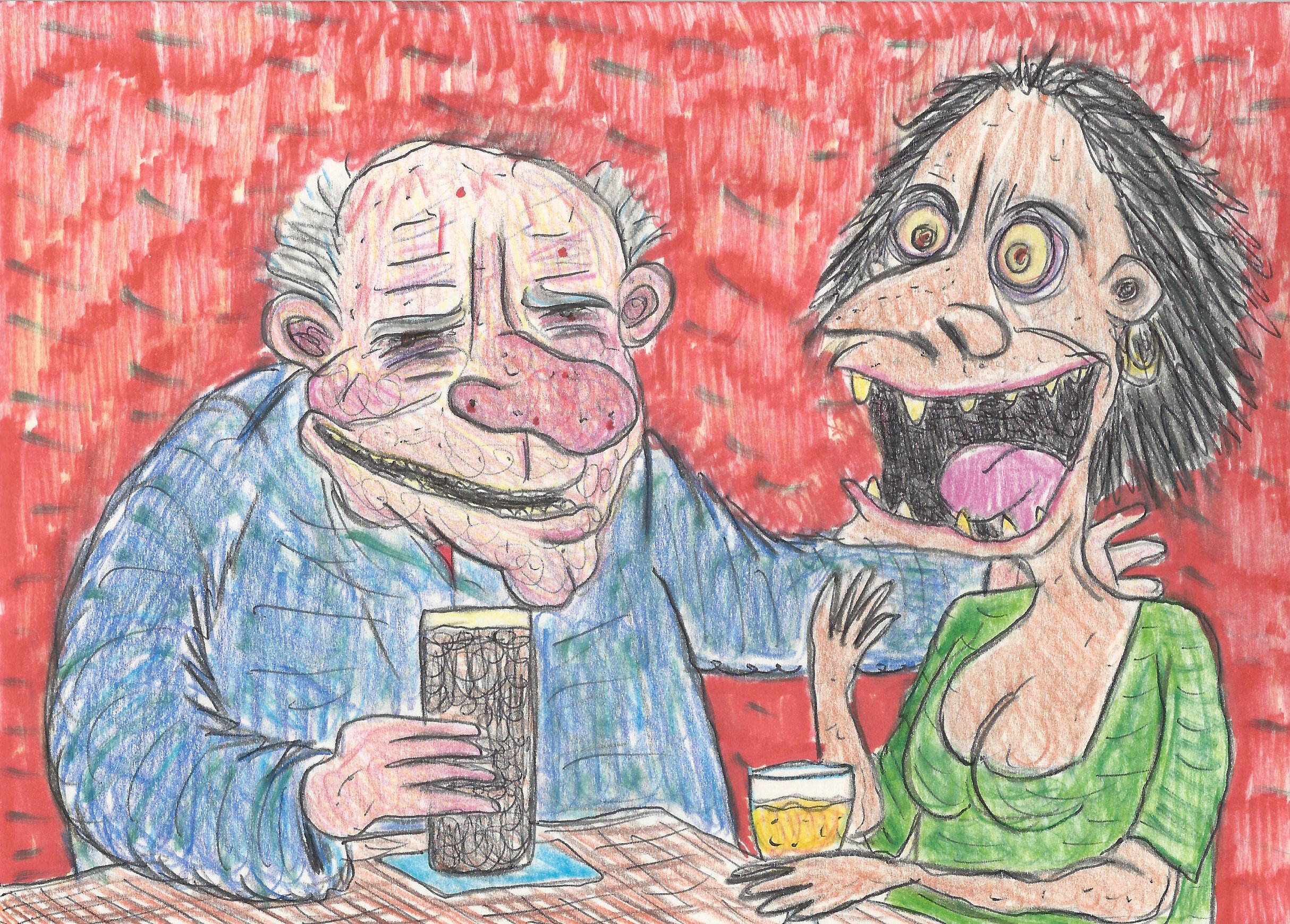358) Byrne’s Galloping Green of Stillorgan, South County Dublin
This glorious little gem was first established in 1879 and looks to have retained all its illustrious allure. Formerly: Philip Byrne’s Bar and Lounge, also known as the ‘Philipstown House’ (which can be seen written along the length of the pub’s exterior). Some of its homely features include a roaring open turf fire, a pendulum clock, an array of copper hooks (to hang one’s hat), library-green leather seats, wooden walls and a secret sliding door. Gold tinted windows give to the inside the illusion of a magnificent and constant light of sunsetting hues and shades of fireflame. The surreptitious sliding door provides a secondary route between bar and lounge. Blending in with the wall - this door stands without handles and is easily missed until suddenly it slides open to reveal a human form in the midst of ingress.
When first we entered the pub, we smiled longingly at the Beamish tap, but our ordering of the drink put the whole room on a hiatus. We should have known! Even so, we sat merrily swivelling on our seats enraptured by the ‘gorgeousity’ of the light filling every corner and curve when suddenly the dark stout arrived like a solar eclipse. We braced ourselves and each offered up a prayer to Our Lord and Saviour J.C. in the hope that the Beamish wouldn’t be awful. We were the recipients of divine deafness, for our prayers reached the waxy canals of indifferent earholes. Therefore, we must regretfully report that the pints were entirely vomitus. It’s clear to us now that nobody gallops to the Green to call for the Corkonian secretion. But no matter - the pub is a wonder, papa! And with the harshness of bitter (very bitter) experience we’ll know better the next time and cry Guinness.
Tucked away at the back in a glass case near the fireplace is a remarkable miniature model of the street in which the pub stands. This model includes a miniature version of the Galloping Green pub itself. But is there a miniature model inside the miniature model? And another little model inside that little model? (We could go on and on until we disappear up each other’s arseholes). A small shrine and portrait of the late Irish composer Seán Ó Riada can be found on the wall in celebration of his living in this very house from 1958 to 1963. During this time he composed the music for the films: Mise Éire, Saorise?, The Playboy of the Western World and Young Cassidy.
Two patrons of note were the very unusually coupled Marvin and Sara, the former having most likely bought the latter’s hand in marriage. Marvin looks like an old version of an already pathetic looking Liam Gallagher, encrusted by the sun with an air of a moneyed swagger. His pineapple shirt, blond tipped hair, and little Hitler moustache all screamed against the backdrop of such a quiet establishment. Sara, perhaps from Zimbabwe, is black with blood red lipstick. She brazenly works the room and flirts with many a simple male much to the behest of a masturbatory Marvin who gets off on it and rides them with his eyes - a fascinating dynamic for the outsider to observe. And we thought we were the fish out of water! A mixed crowd is an intriguing one.
The toilets have a unique system installed on the door called ‘Step and Pull’ which allows patrons to open the door with their feet and not have to touch the germ laden handle. This handy gadget may well become the new norm as a result of the Covid-19 outbreak. In spite of its few flaws this is an excellent traditional pub, tried-and-true. And now for a sentence of sentiment: O Philipstown House - how we long to return to your galloping greenhouse so gilded in raiment ablaze with sundrench! (Romance aside; be very sure to bypass the begrimed and besmirched and befouled and bespattered pints of bargain-bubble Beamish).
DISCLAIMER: The contents of this blog represent personal opinions and perspectives only. Read more.







